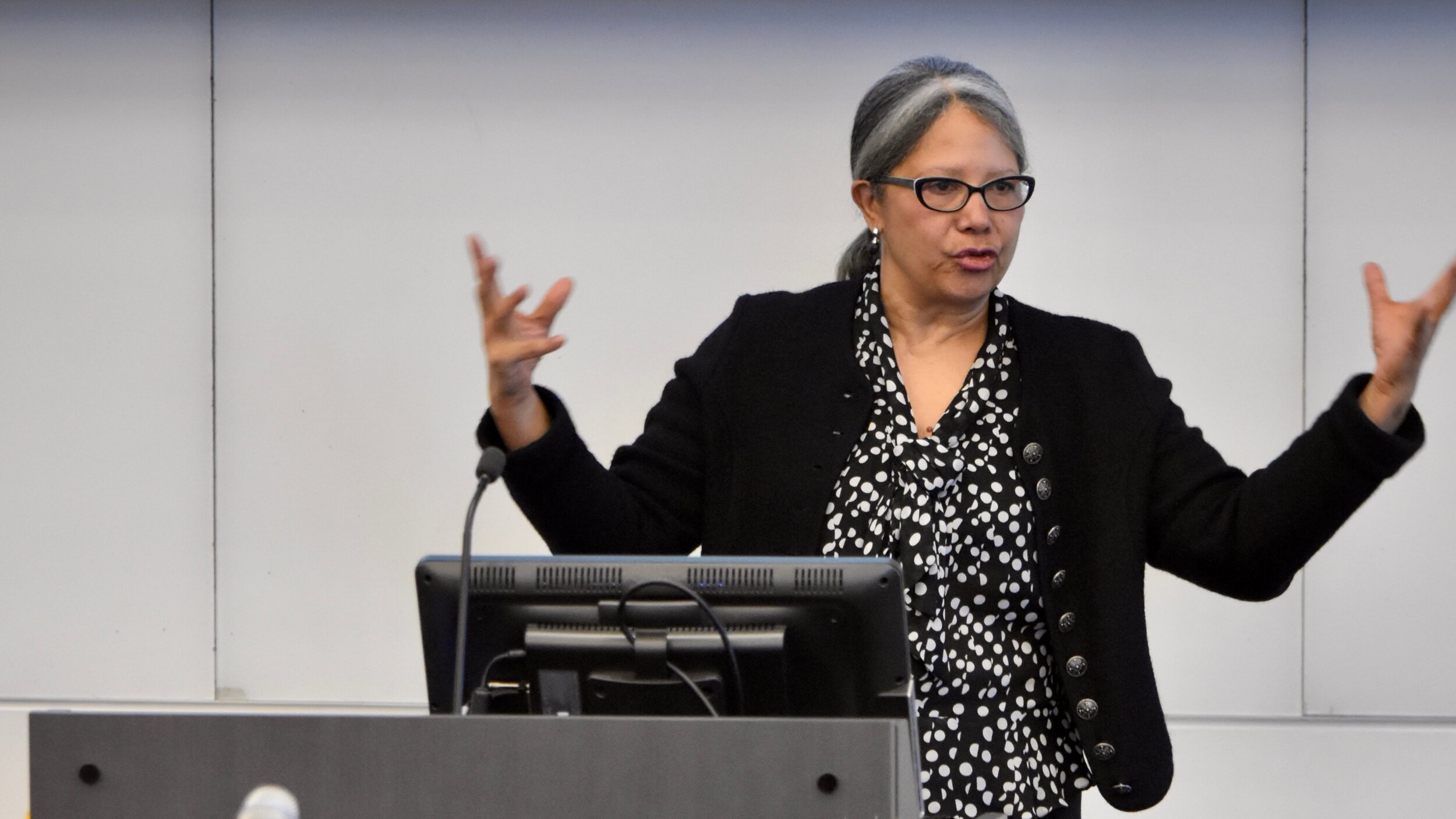Last month, the U.N. Committee on the Rights of the Child met with a U.S. government delegation as part of its formal review of the United States under two of the optional protocols to the Convention on the Rights of the Child. The United States ratified the Optional Protocol on the Sale of Children, Child Prostitution, and Child Pornography and the Optional Protocol on the Involvement of Children in Armed Conflict in 2002, and this represented a combined third and fourth review of the U.S. government practices. The Committee has now released its Concluding Observations with respect to the U.S. efforts under the Optional Protocol on the Sale of Children.
While acknowledging a number of important legislative developments in the United States since the last review – such as the Justice for Victims of Trafficking Act (JVTA) and the Preventing Sex Trafficking and Strengthening Families Act – the Committee also addressed a number of critical shortcomings. What is notable (and troubling) is that many of the Committee’s recommendations highlighted issues in the U.S. response that the Committee previously addressed in 2008 and 2013. These findings should be a reminder to policy makers and anti-trafficking advocates that although significant efforts are underway, the U.S. response still has a long way to go.
Highlights of the Committee recommendations are below:
1. Insufficient data collection and evidence-based research. The Committee reiterated concerns over the “lack of progress on establishing an effective national data collection system on the sale of children, child prostitution and child pornography” and the “insufficient research and evidence-based policy and programme analysis centred on children and the root causes of the crimes affecting them.” Simply put, without good evidence, it’s highly unlikely that the U.S. can develop a truly effective response.
2. Lack of evaluation of training programs. The Committee praised the U.S. government’s report that it provides training on trafficking and other issues covered by the Optional Protocol “to all persons and institutions that come into contact with children” (NGOs working on these issues will be surprised by this claim by the U.S. government). However, the Committee notes the importance of evaluating the effectiveness and impact of that training. Evaluation of laws, policies, and programs continues to be insufficient, leaving it unclear whether the U.S. is doing something or doing something effective.
3. Unbalanced efforts in addressing sex trafficking and labor trafficking. The Committee restated its finding that across many areas the U.S. government’s emphasis on sex trafficking persists. There still are higher legal burdens for establishing trafficking of children for forced labor than for sexual exploitation, and research remains “overwhelmingly focused on trafficking for sexual exploitation” with relatively little on labor trafficking. All children deserve protection from exploitation.
4. Lack of primary prevention focus and efforts. The Committee again noted that the U.S. response typically takes place after some harm has occurred and urged the U.S. government to focus also on primary and secondary prevention. Prevention must be the ultimate goal, and general awareness campaigns are not sufficient. The U.S. government must address the root causes of vulnerability and of the demand for goods and services provided by exploited children, if we are to make meaningful progress in preventing harm to children.
5. Finally, the Committee also acknowledged the recent surge in the number of unaccompanied refugee and migrant children, and it urged the U.S. government to take concerted efforts to ensure the protection of these children.
The entire Concluding Observations are worth a close reading. Addressing the above recommendations and other recommendations in the Concluding Observations will take significant effort and resources to address. However, they offer a roadmap to preventing harm to children and ensuring the rights of all children. Both of those aims seem worth the effort and resources.




